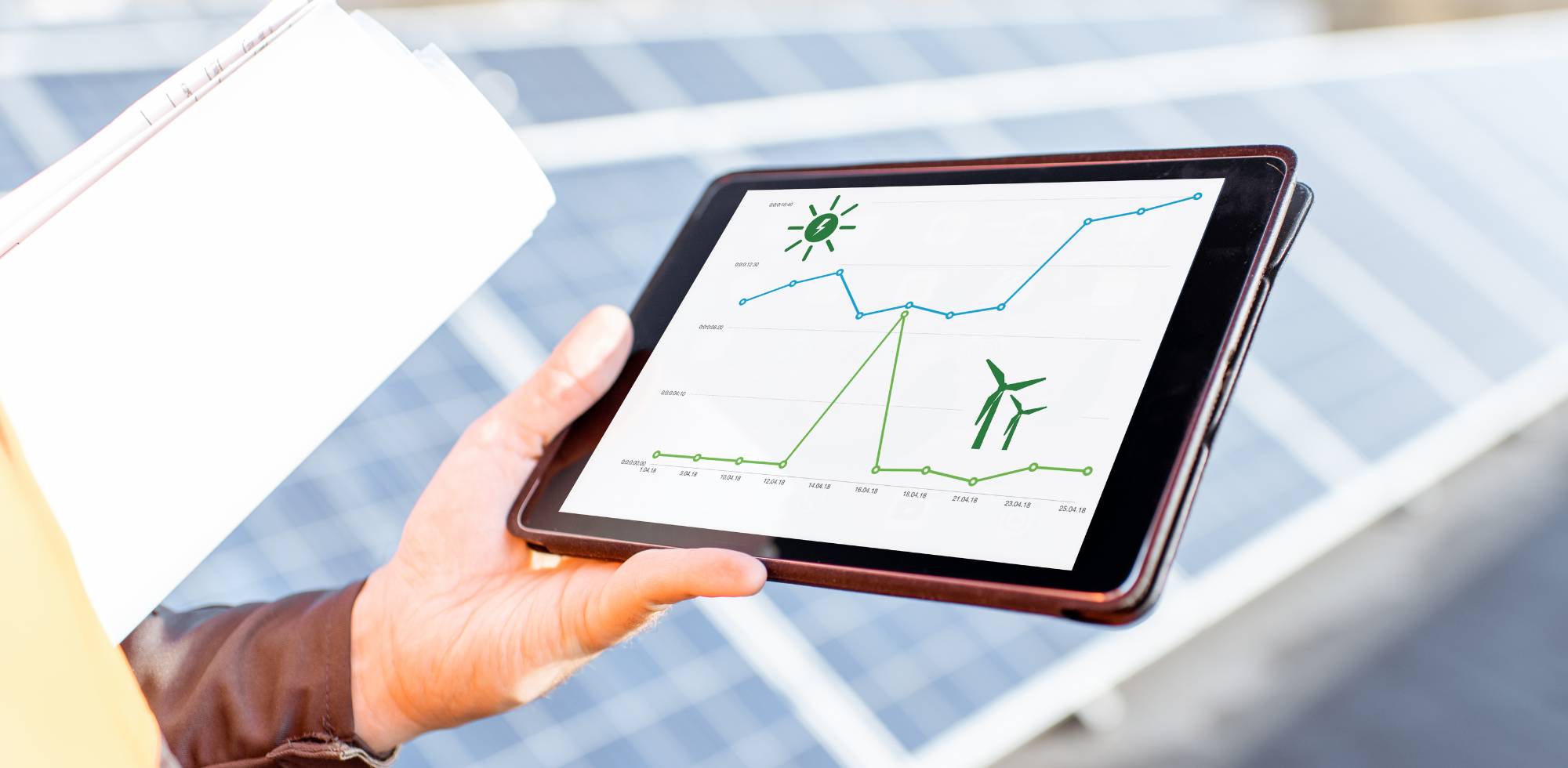Gas nominees
The ordinance on the organization of the natural gas market has introduced significant changes for gas nominees, suppliers in the distribution system of the Republic of Croatia.
The fundamental change is the introduction of nomination or delivery of forecast hourly gas consumption for the next gas day. Duplico, in cooperation with the PTMG and the Faculty of Electrical Engineering in Zagreb, has developed an application for making such nominations based on neuronal networks.
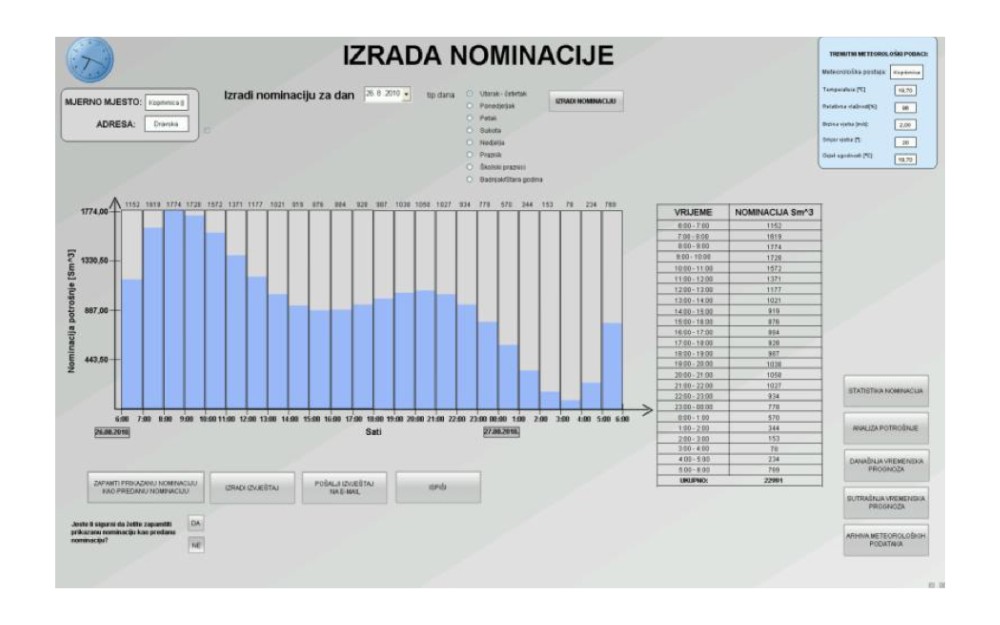
Image 1. Screen showing forecasted tomorrow’s meteorological conditions.
Neural networks have the feature of a universal linear approximator, require a relatively small amount of historical data, and have the ability to adapt, eliminating the problems that arise due to the stochasticity of the natural gas consumption system, small amounts of historical data, increased users and possible reductions.
Places to download gas consumption data
As the distribution areas of an individual supplier are divided according to the metering units of the transport system operator, it is necessary to carry out measurements of gas consumption in those places. This ensures the comparability of measurements with those transport system operators and facilitates processing of the data received for entry into the nomination system.
The consumption of natural gas by large consumers, mostly industrial plants, depends primarily on the state of production and can not be linked to predictable factors of natural gas consumption. Therefore, a large-scale consumer encoder connects the meter to the day-to-day delivery to the large consumer and supplier of hourly consumption data.

Image 2. Nomination screen.
Data download method
Reading downloads from measuring sites and measurement-reduction cells are performed using telemetry cells that have the ability to connect to a closed VPN network with the static IP addresses of each individual cell.
Connectivity within the VPN network is realized through the GPRS / UMTS network of mobile operators, avoiding the installation of expensive telecommunication equipment and achieving secure, fast and inexpensive data transfer.
For the successful design of the nomination, it is necessary to know the meteorological conditions that governed at a certain reading of the natural gas consumption. For this reason, an automated meteorological station is connected to the VPN network in the supplier area and sends its measurements to the supervisory control center every hour.
The available meteorological stations are:
- Air temperature
- Relative humidity
- Wind direction
- Wind speed
- Precipitation amount
- Feel good
- Cloudy
Factors influencing gas consumption
Natural Gas Consumption is a system whose dynamics depend on meteorological data, day to week, seasonality and the growth or decrease in the number of users.
From the meteorological data measured by an automatic, meteorological station, the greatest influence on gas consumption has temperature, less precipitation, cloudiness and speed and wind direction. Depending on the geographic area where the supplier is located and about the season,
different meteorological sizes are lost or lost in importance.
Description of the nomination system
The nomination system consists of fifty neural networks, polynomial functions, and a set of fuzzy rules for decision making.
Image 3 shows a screen where a possible historical analysis of consumption and temperature analysis s compared with the nomination and forecasts for the next day depending on the required criteria. Display criteria is selected by the user in the menu in the table at the top left of the screen.
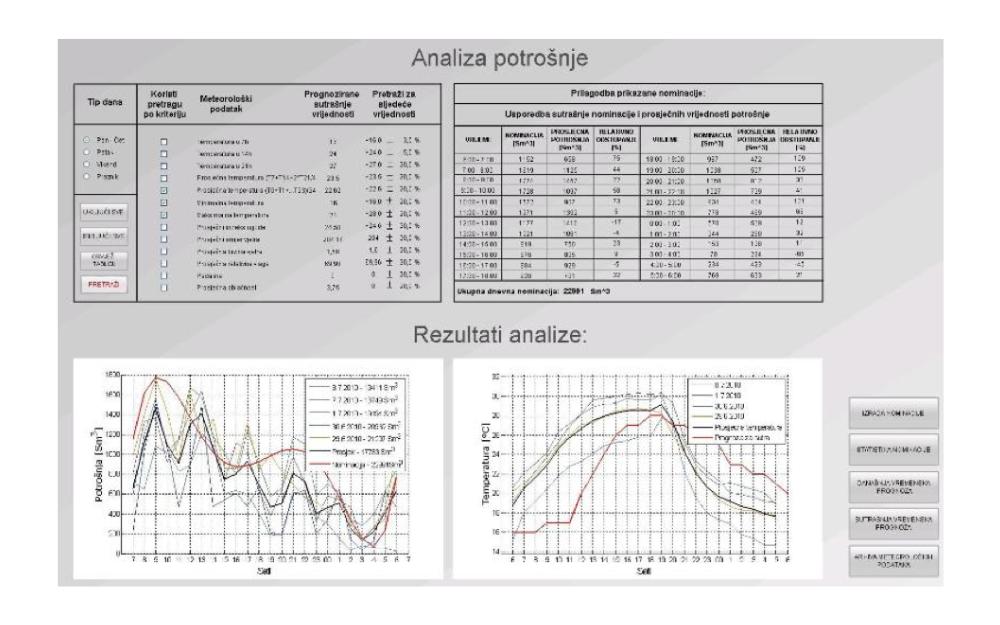
Image 3. Consumption screen
After comparing calculated nomination and forecast meteorological data with historical consumption and weather conditions, the user is able to manually change nominations and accept them as final based on experience and possible extraordinary consumption (inclusion of asphalt base).
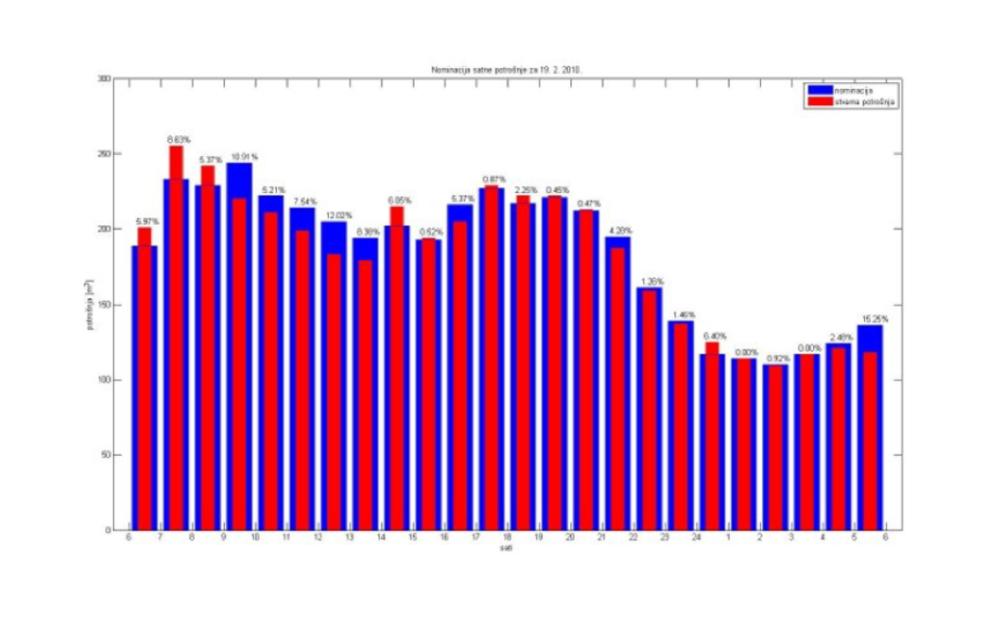
Image 4. Screen showing nominations changed by users.
The meteorological data collected by an automatic meteorological station is stored in a database that can be accessed by the screen shown in image 3. It is also possible to perform an elementary statistical analysis of the data at the desired time interval as shown in image 5.
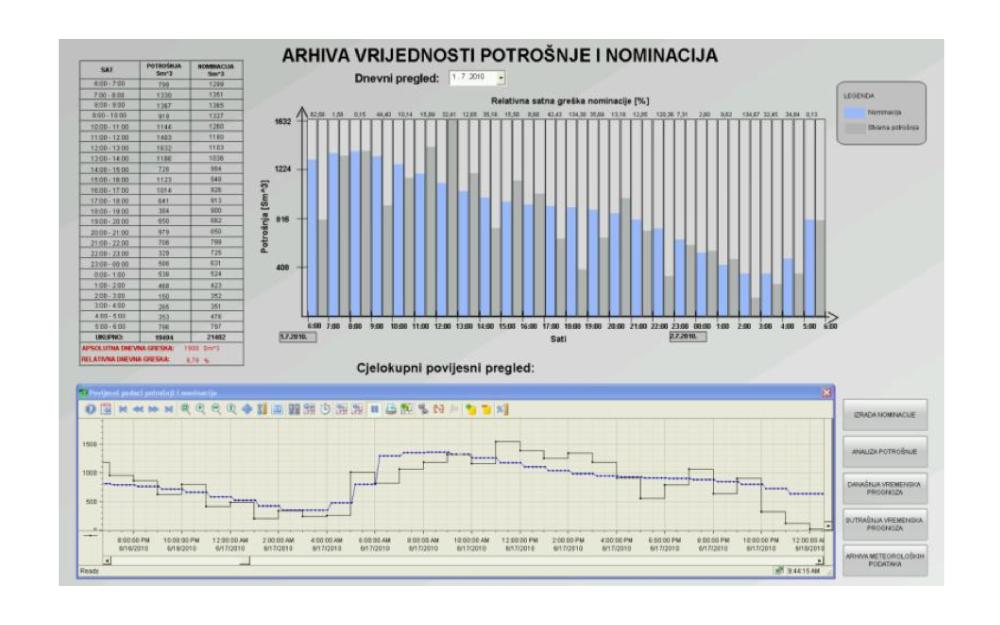
Image 5. Visualization of meteorological data archives with statistical analysis.

Image 6 shows a display of consumption archives and nominations that can be further used for analysis and adaptation of the nomination system.
View of the results obtained
The following figures show the results obtained when the gas consumption forecast for the winter and summer season was calculated at the distributor PLIN VTC from Virovitica.
Results for winter day
The following pictures show nominations and meteorological conditions as well as deviations from actual values for 19.2.2010. Only the temperatures as input meteorological parameters were used in the design of these nominations. The reason for this is a very small database of historical data collected until 19.2.2010. which contained data for only the last seventy days.
Despite so small amounts of data, satisfactory accuracy was achieved in the creation of nominations. In this case, the daily nomination amounted to 4431 m3, and the actual consumption was 4377 m3 which means that the error of 54 m3 or 1.2% and the average hourly error of 4.7%.

Image 7 shows a display of nominal and actual hourly consumption for 19.2.2010. with percentage deviations.

Image 8. Graph of measured and forecasted temperatures for 19.2.2010.
Results for summer day
Below is a description of nominal and actual hourly spending for 08/07/2010. with percentage deviations.
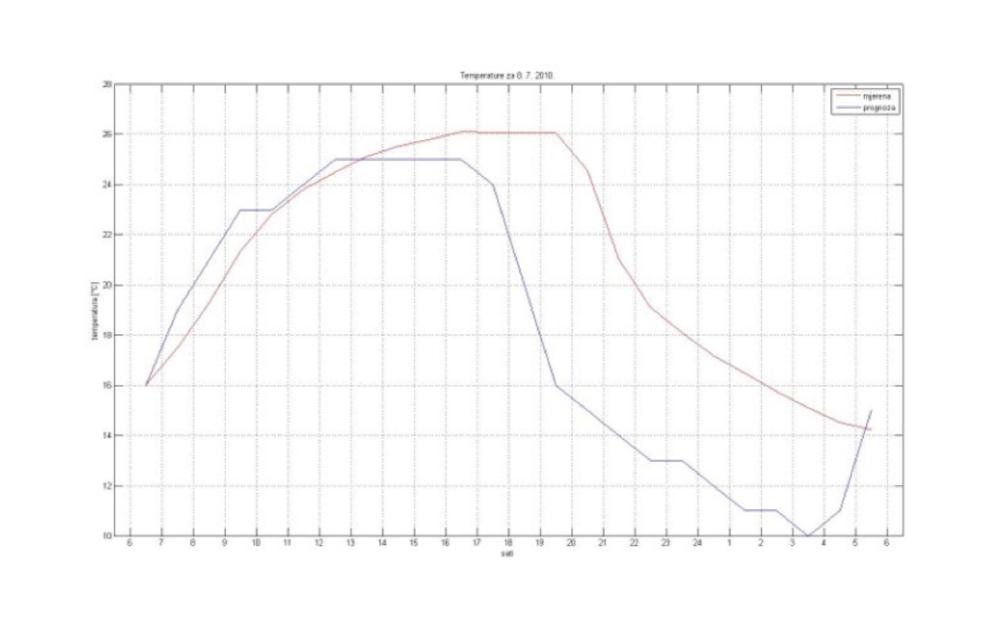
Image 9. Displayed nominal and actual hourly consumption for 08/07/2010 with percentage deviations.

Image 10. Graph of the measured and forecasted temperatures for 8.7.2010.
In the summer, daily consumption drops to one tenth of winter, and its dependence on day time and human factor gains more importance than temperature. At such low hours, there is a problem of the system’s nomination system.
For example, for hourly consumption of just 10 m3 our nomination can amount to 12 m3. Absolutely, this is a minor mistake of just 2 m3, but it is relatively big 20%. Under such conditions, it is virtually impossible for an hourly error of less than 10% throughout the day. The difference of 2 m3 can produce only a few households by consuming natural gas for purposes that can not be directly related to input parameters (eg cooking or roasting).
For 8.7.2010. a daily consumption of 522 m3 was achieved with a nominal value of 527 m3 which gives a difference of 5 m3 or 1%. The average hourly error was 10.4%.
Efficient gas nominees
In the conditions of low natural gas consumption dominated by many distribution areas in the Republic of Croatia, the plan for the gas nominees of planned natural gas consumption has yielded good results.
The main problems that emerged in the design of the nomination program were small or no archives of historical meteorological data on natural gas consumption and the conditions under which such consumption occurred.
For this reason it is necessary to collect the data and create the archive before the nomination program is started.
At low consumption in the system especially in the summer period, consumers have a significant impact on consumers who do not belong to large consumers in the rulebook, but they have a large consumption in comparison to household consumption. Such consumers are primarily asphalt bases and dryers.
Experience has therefore shown that the market for the nomination of planned natural gas consumption can't be purchased on the market as a ready-made package, but that it is necessary to have a long-lasting cooperation between the designers of the gas nominees program and the users in order to define, see and incorporate in the program all the diversity and particularities of the observed distribution area.

